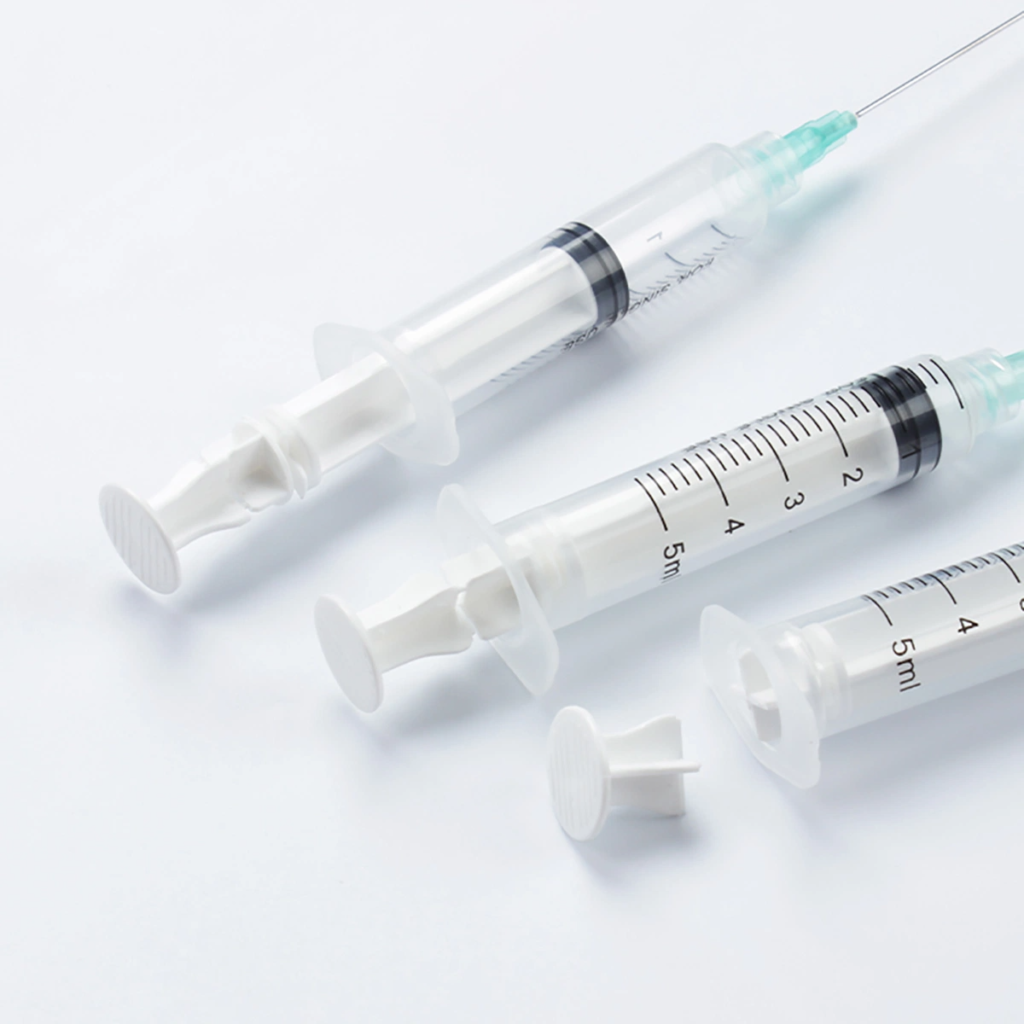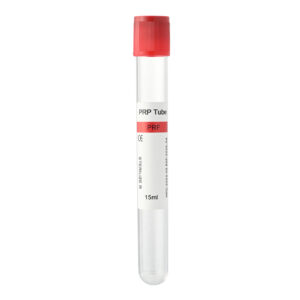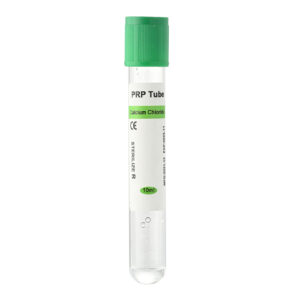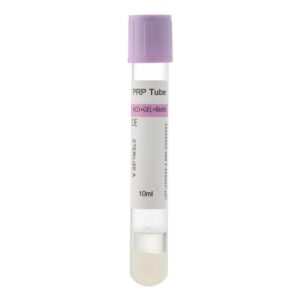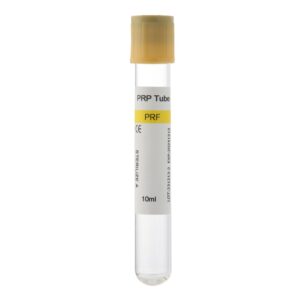The syringe is an indispensable tool in the field of medicine, primarily used for injecting and extracting liquids. Composed of a barrel, plunger, and needle, the barrel is calibrated to ensure accurate medication dosing. The design of syringes is versatile, catering to applications ranging from simple drug administration to complex medical procedures.
Primary Uses of Syringes
- Drug Administration: Syringes inject medications directly into a patient’s bloodstream or specific body sites such as muscles or subcutaneous tissue, a fundamental approach to treating various illnesses.
- Fluid Extraction: Syringes extract blood or other body fluids during medical examinations, aiding disease diagnosis.
- Medical Irrigation: In certain surgeries or treatments, syringes infuse cleaning or therapeutic fluids into specific areas, such as washing wounds or clearing blocked tubes.
Types of Syringes
- Pre-filled Syringes: These come pre-loaded with a set dose of single-use medication, like flu vaccine syringes.
- Adjustable Dose Syringes: Allow users to adjust the medication dose as needed, commonly seen in insulin syringes.
- Auto-injectors: Designed for emergencies like anaphylactic shocks, these syringes automatically administer medication, such as EpiPen.
- Needle-free Syringes: These administer medication through high pressure, piercing the skin without a traditional needle, suitable for patients sensitive to pain or who prefer to avoid needles.
Syringe Usage
- Preparation: Medical personnel must clean their hands and prepare a sterile environment to ensure the syringe and medication are sterile.
- Loading Medication: After verifying the medication’s expiry date and integrity, the required amount is measured.
- Disinfection: The injection site is disinfected with 70% alcohol to prevent infection.
- Injection Technique: Depending on the injection site (muscle, subcutaneous, or vein), healthcare providers select the appropriate angle and depth for quick and precise puncture. They then slowly advance the plunger to steadily administer the medication.
Materials Used in Syringes
Manufacturers primarily use medical-grade plastic to produce modern syringes, preventing chemical reactions and drug adsorption. They craft the needles from medical stainless steel, ensuring rigidity and sharpness to minimize patient discomfort.
Precautions with Syringes
- Avoid Reuse: Reusing disposable syringes can lead to cross-contamination or needle dulling.
- Avoid Air Injection: Ensure no air is in the syringe before injection to prevent air embolism.
- Post-Injection Observation: Monitor the patient for adverse reactions like allergies or localized swelling and provide appropriate treatment.
Procedure Detail
During the injection process, medical personnel must carefully control the needle’s insertion angle, depth, and the speed of medication injection. Proper needle disposal after use is crucial to prevent injuries or reuse.
Post-use Handling
Healthcare professionals treat all used syringes as medical waste, disposing of them according to hospital or clinic protocols. They typically place syringes in specially designed sharps containers to prevent needle-stick injuries.
Conclusion
Proper use of syringes affects the effectiveness of medications and involves the safety of patients and medical personnel. Understanding the characteristics of various syringe types and their correct handling is vital for enhancing medical quality and patient satisfaction. Each use requires meticulous preparation and disposal to maintain medical safety and hygiene.

